Phosphorus & Phosphoric acid & Phosphate

| salt | Jeong In-san (P=1) | Pyrophosphate (P=2) | Tripolyphosphate (P=3) | Polyphosphoric acid (P>3) |
|---|---|---|---|---|
| Na |
Monosodium Phosphate (MSP) Dibasic Sodium Phosphate (DSP) Tribasic Sodium Phosphate (TSP) |
Sodium acid pyrophosphate (SAPP) Sodium pyrophosphate (TSPP) |
Sodium Tripolyphosphate (STPP) | Sodium polyphosphate (SHMP) |
| K |
Monobasic potassium phosphate (MKP) Dibasic potassium phosphate (DKP) Tribasic potassium phosphate (TKP) |
Potassium pyrophosphate (TKPP) | Potassium tripolyphosphate (KTPP) | Potassium polyphosphate (or potassium metaphosphate, KMP) |
| Ca etc. | Calcium phosphates such as monocalcium phosphate (MCP), dicalcium phosphate (DCP), tricalcium phosphate (TCP), magnesium phosphate, iron phosphate, aluminum phosphate, ammonium phosphate, etc. | |||
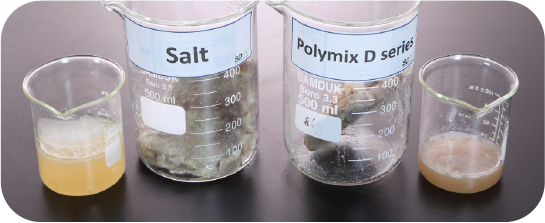
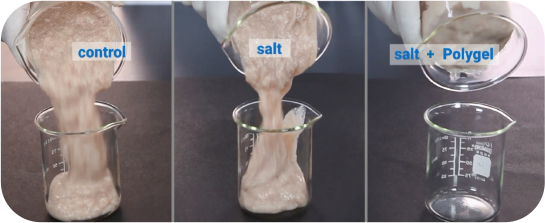


| Strain | MIC (ppm) |
|---|---|
| Aspergillus niger (102) | 100 |
| Escherichia coli (104) | 200 |
| Salmonella enterica (104) | 500 |
| Staphylococcus aureus (104) | 200 |
| Listeria monocytogenes (104) | 3000 |
| Saccharomyces cerevisiae (104) | 1000 |
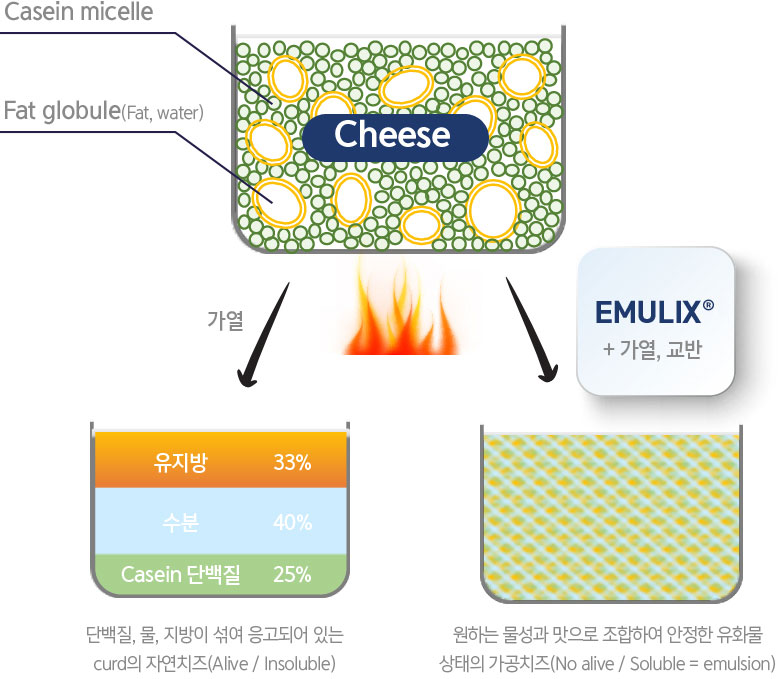
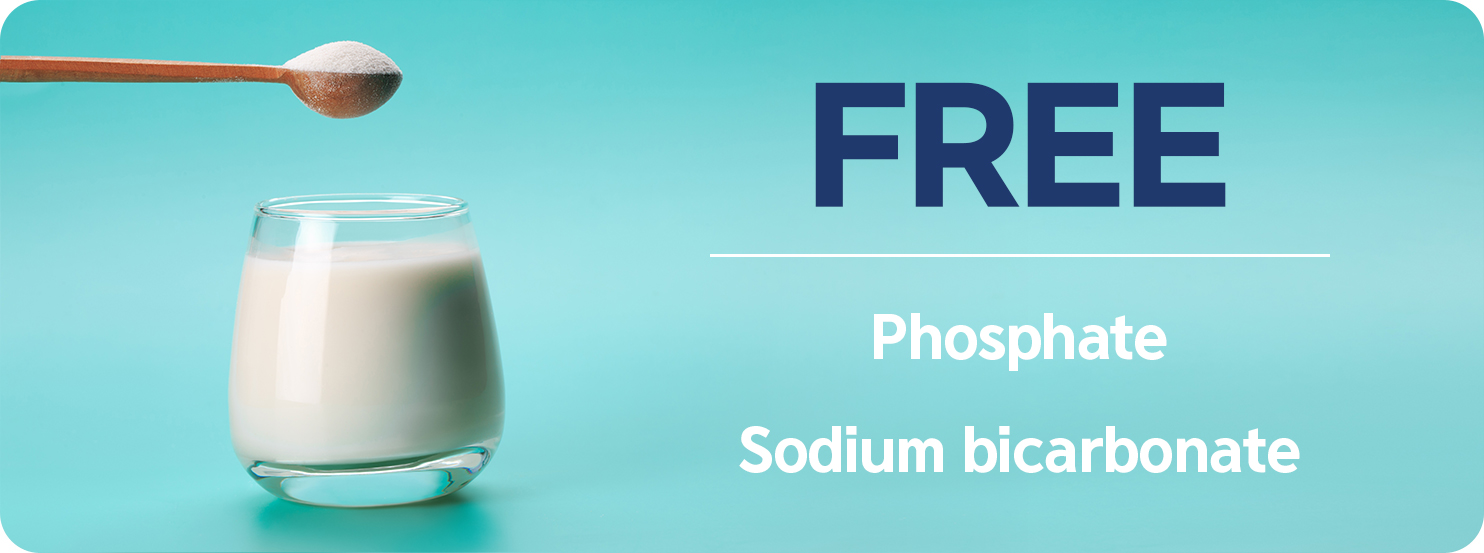
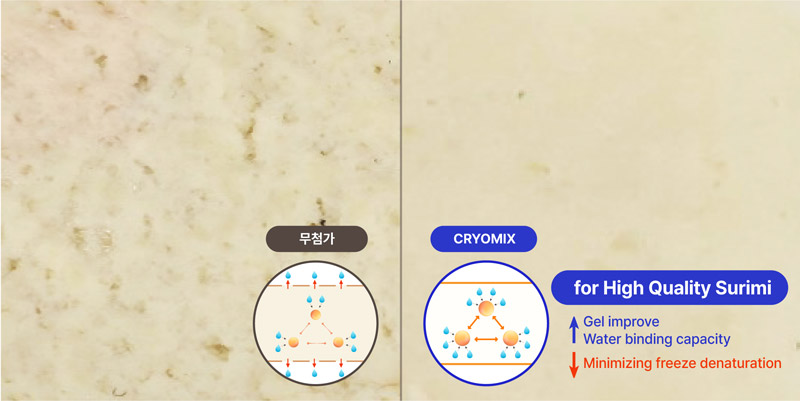
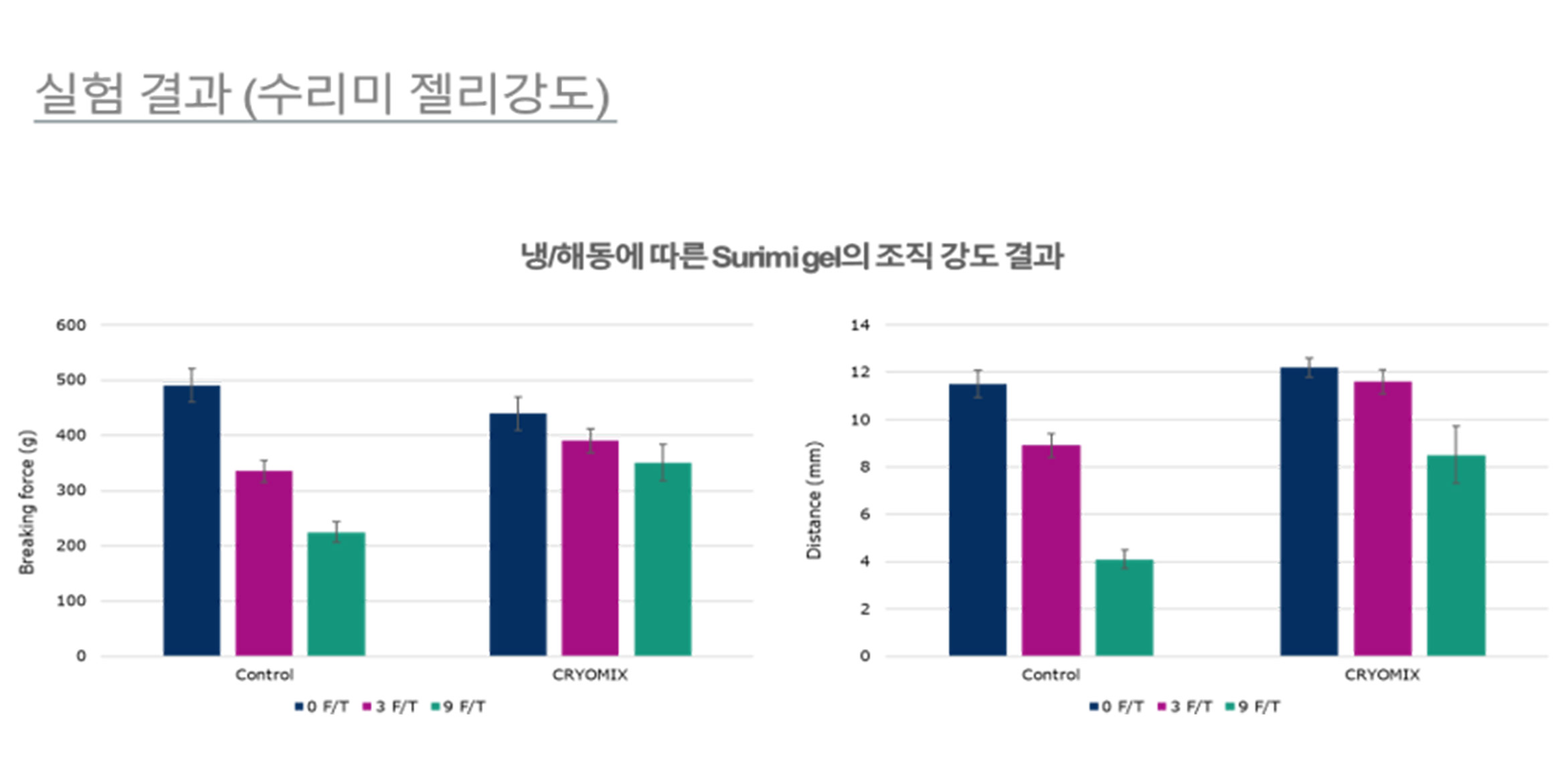
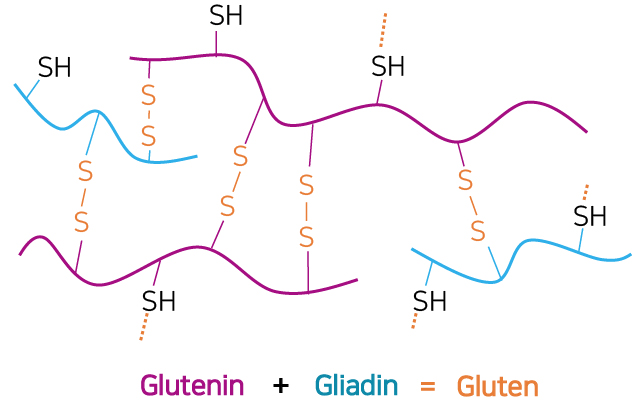

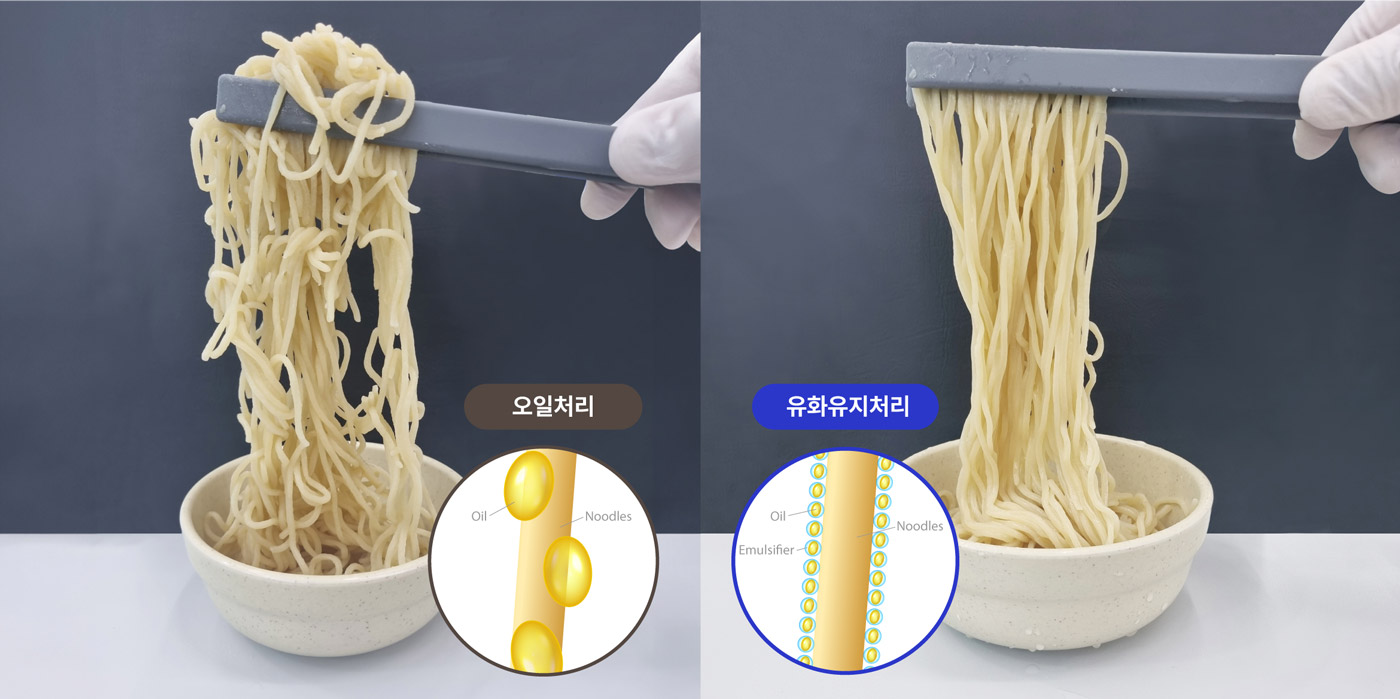

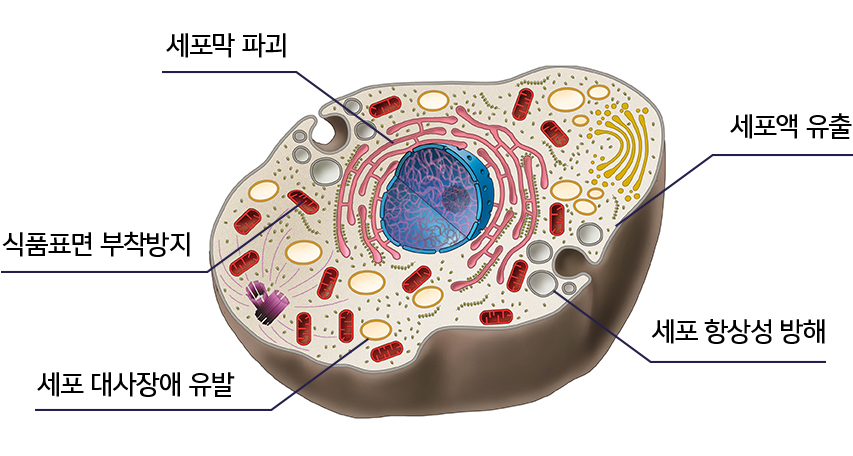
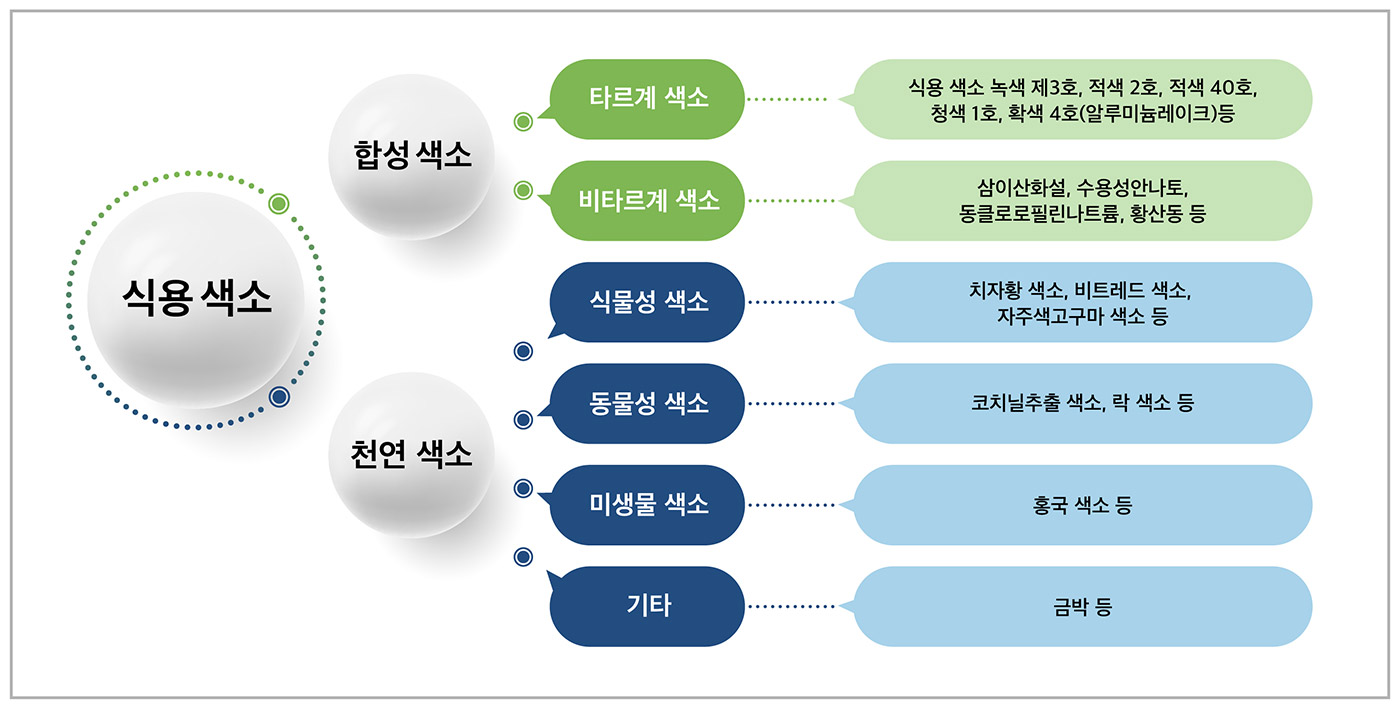
Especially in the case of children, they are more interested in visually colorful things and prefer colorful foods, so they may consume relatively more tar pigments than adults. However,Some tar pigments cause allergic and hypersensitivity reactions. Not only that, but as mentioned earlier, it can cause different activities and if you start eating these foods from childhood, Because more tar pigments can accumulate in the body Caution is needed.
* Part of the content from the Seoul National University College of Medicine National Health Knowledge Center
According to the results of a survey of 21 brands of macarons on the market conducted by the Korea Consumer Agency on the 26th, among the two brands sold online, Tar pigment detected above standard levelIt was revealed that it was used to give color to macarons.
Tar dyes can cause attention deficit in children and lead to hyperactivity, so their use is prohibited above a certain level.
* Excerpt from the market economy news dated May 31, 2019
* Children's food quality certification standards: Prohibition on use of edible tar coloring and synthetic preservatives
* pecial Act on Children's Food Safety Management (Enforcement April 2020)
Tar-based pigments are likely to accumulate in the human body over time and may have various side effects. Therefore, in order to obtain quality certification for children's favorite foods under the Special Act on Safety Management of Children's Food Habits, the use of edible tar pigmentsis prohibited.
| Color | Color name | Raw material | Application areas | |
|---|---|---|---|---|
 |
Cochineal extract pigment | Animal | Cocoon beetle | Crab meat, strawberry milk, jelly |
| Rock pigment | Animal | Secretion of the scale insect | Meat products | |
| Hongguk pigment | Microorganism | Hongguk | Processed fishery products | |
| Bit red pigment | Vegetable | Bit | Ice cream | |
 |
Gardenia pigment | Vegetable | Gardenia | Noodles, frozen desserts, pickles |
| Turmeric pigment | Vegetable | Turmeric | Ice cream, cheese | |
| Honghwahang pigment 색소 | Vegetable | Honghwa | Noodles, ice cream, candy | |
 |
Gardenia pigment | Vegetable | Gardenia | Sweets, ice cream, drinks |
| Spirulina pigment | Microorganism | Spirulina | Ice cream | |
 |
Red cabbage pigment | Vegetable | Red cabbage | Gum, candy, drinks |
| Purple Sweet Potato Pigment | Vegetable | Purple Sweet Potato | Beverages, snacks, dressings | |
 |
Caramel coloring | Etc | Sugar | Dairy products, alcohol |
| Cacao pigment | Vegetable | Kakao | Chocolate milk, ice cream | |
| High pigment | Vegetable | Corn fruit | Dairy products, sausages | |
 |
Squid ink pigment | Animal | Squid ink | Cotton, cookies |
